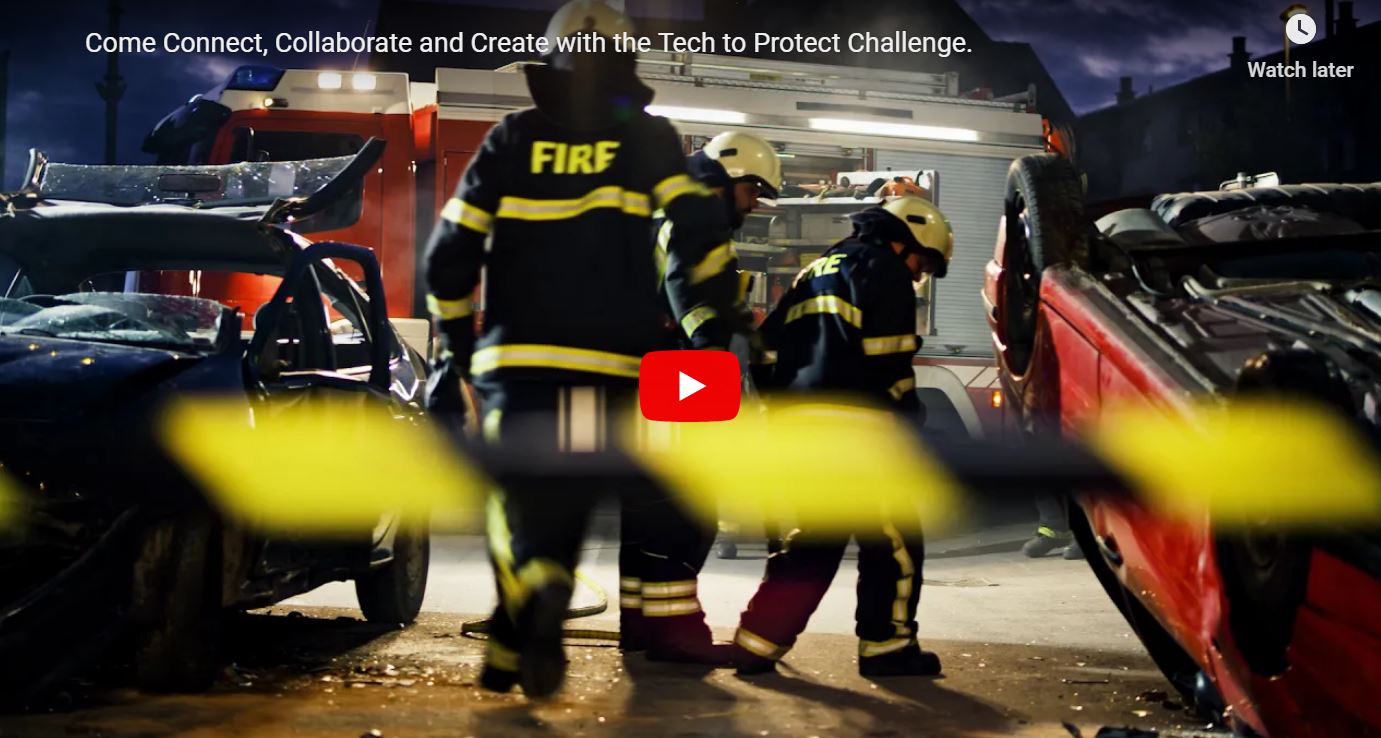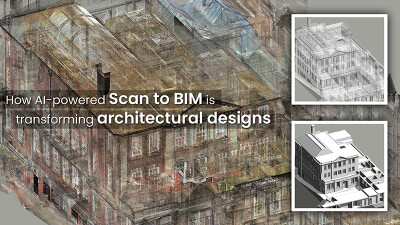A federal agency’s open competition for the development of 3D technology could be a win-win for innovators (there is more than $2 million in prize money available) as well as a boon for 3D technologists working to move the niche forward.
Begun in April 2019, the Tech To Protect Challenge and Fire Safety in 3D competition is a program of the National Institute of Standards and Technology, a federal organization founded in 1901 and now part of the U.S. Department of Commerce. The Tech To Protect Challenge is intended to engender greater use of 3D in homes, especially with regards to fire safety.
SPAR 3D recently caught up with Jeb Benson, a spokesman for NIST, to talk with him about why Tech To Protect matters, how it will help the tech industry, and more.
SPAR3D.com: Why was the Tech to Protect contest launched?
Benson: “The Tech to Protect Challenge is a national open innovation contest with a goal to advance public safety communications through the creation of new technology for emergency responders. The event is designed to support the work of EMS, firefighters and law enforcement by fostering cutting-edge solutions to help fulfill their mission of keeping communities nationwide safe and secure.
“The Tech to Protect Challenge introduces a set of 10 diverse coding contests, both hosted online and at 10 in-person locations across the U.S. in late 2019. Participants are invited to connect, collaborate and create technology solutions—from mobile apps and software applications to user interfaces and data systems—that will help emergency responders operate more efficiently and effectively.”
Will contest participants have any tools at their disposal in the challenge?
Benson: “Participants will have access to resources—including researchers, scientists, and public safety experts—to kick-start their creativity and design their submissions.”
Why is NIST bullish on 3D tech?
Benson: “As readers of SPAR 3D know, new 3D hardware and software is being announced seemingly every week. Based on the current trajectory, NIST expects to see rear-facing 3D cameras on high-end mobile devices in the next 1-2 years, which means they could be ubiquitous in the next 5 years. Once 3D capture capabilities reach the masses the 3D era will have truly begun and there is no telling how big the explosion of applications will be.”
How much money is on the contest table for this 3D fire safety contest?
Benson: “Up to $2.2 million in prizes are available for online, in-person and National Contest winners of the Tech to Protect Challenge. Of that, $350,000 is the total prize purse for all the coding contests. For each individual contest, such as Fire Safety in 3D, winners at the national level will win $30,000 for first place, $20,000 for second place, and $15,000 for third place. In-person contest winners at the regional level will be awarded $1,000.”
How much money could be on the market table so to speak for such an application marketed to homeowners in the present and future?
Benson: “I’m not an economist, and we have not done any formal market research, so I am not prepared to give you numbers. But, with over 121 million occupied housing units in the U.S. alone, Fire Safety in 3D represents both a tremendous challenge and a massive market opportunity. And big tech companies like Microsoft and Intel are investing a lot in the 3D future, so that’s probably a good sign, as well.”
What sorts of folks do you hope will participate in this contest–isn’t it really for the tech-savvy ones?
Benson: “As an open innovation opportunity, the Tech to Protect Challenge encourages participation from anyone with an interest in creating technology that can improve the safety of communities. Regardless of skill level or expertise, students, researchers, inventors, entrepreneurs, technologists, software developers and more, are eligible to submit solutions to any of the 10 contests, via the online contest or attending an in-person location.
“For the Fire Safety in 3D contest specifically, the most interesting aspect is allowing participants to dream up the innovative applications that will incentivize people to use 3D technology in their home. Generating these ideas doesn’t require a background in SLAM, machine learning, or app development. In fact, we purposefully lowered the barrier to entry by not requiring hardware integration or fully developed applications. We’re really hoping to see teams with diverse backgrounds from a range of industries come together to support a great mission.”
Why does NIST feel the need to be involved in creating a 3D app?
Benson: “In the last 10 years, over 34,000 civilians and 95 firefighters died while fighting structure fires inside residential properties. The true goal of the Fire Safety in 3D contest is to create a way for homeowners and renters to easily generate fire safety checklists and pre-incident plans, which will help save lives of both citizens and emergency responders.
“Given this capability, there is only a very small percentage of the population that would probably use it just to be prepared. But we believe the majority of the population will require some additional incentive to overcome concerns or barriers related to effort, privacy, etc.
“For example, I know that if I was able to submit a scan of my house and get an accurate 3D model that could be imported directly into Minecraft, I could turn the whole job over to my son and it would get done! So, it’s not that NIST feels the need to create a 3D app, but rather we feel that’s what it’s going to take to realize residential fire safety across the U.S. and abroad.”
What else should we know about the contest?
“Registration for the in-person contest locations and online contest will open in June 2019. Potential participants can learn more information and receive updates by visiting http://www.techtoprotectchallenge.org/or by emailing [email protected].
“The Tech to Protect Challenge is proudly supported by the First Responder Network Authority and AT&T. The First Responder Network Authority is an independent authority within the U.S. Department of Commerce whose mission is to ensure the deployment and operation of FirstNet, the nationwide public safety broadband network being built in a public-private partnership with AT&T.
“The Tech to Protect Challenge will also be proudly supported at the regional level by prominent technology and public safety partners in each of the in-person contest cities. Sponsorship opportunities are still available.”






